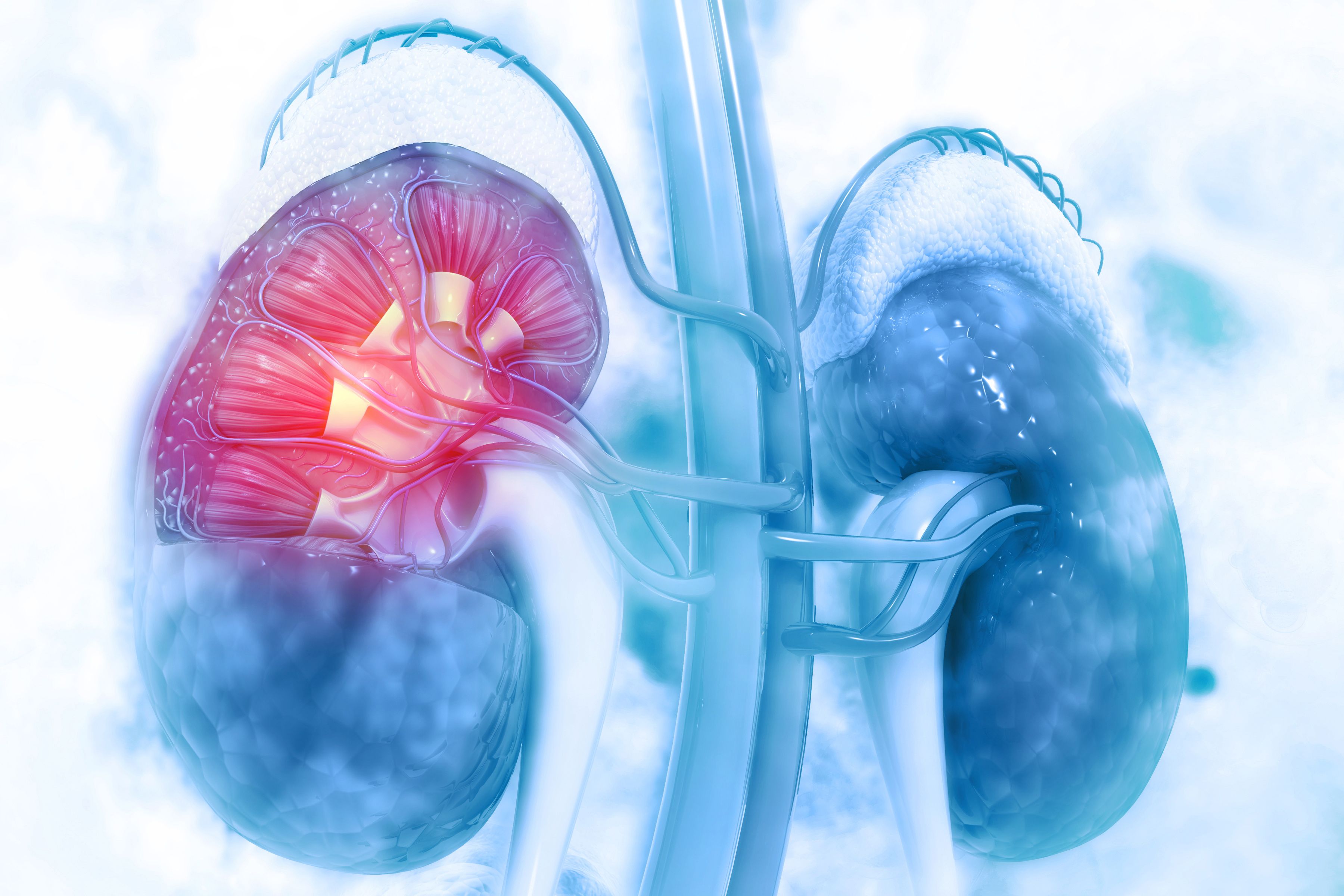- Center on Health Equity & Access
- Clinical
- Health Care Cost
- Health Care Delivery
- Insurance
- Policy
- Technology
- Value-Based Care
PCPs Have Unique Opportunity to Detect, Manage CKD
As the prevalence of chronic kidney disease (CKD) continues to rise, empowering primary care providers (PCPs) with the tools, training, and collaborative frameworks needed for optimal management is a public health priority, emphasize the researchers.
A new narrative review is emphasizing the pivotal role of primary care in early detection, risk factor management, and slowing disease progression of chronic kidney disease (CKD),1 a growing public health challenge affecting approximately 14% of adults in the United States.2
The review, published in the Journal of General and Family Medicine, notes that CKD prevalence has risen alongside aging populations and increasing rates of diabetes, hypertension, and obesity.1
The researchers noted diabetes and hypertension are both modifiable with appropriate management that brings patients to guidelines-based targets. | Image Credit: Crystal light - stock.adobe.com

CKD, defined by persistent kidney damage or reduced kidney function for more than 3 months, often progresses silently until advanced stages. The disease not only increases the risk of end-stage kidney disease but also significantly elevates cardiovascular morbidity and mortality.
The authors underscored that primary care providers (PCPs) are uniquely positioned to identify at-risk patients early and implement interventions that can delay or prevent disease progression.
“The role of primary care physicians in CKD management is pivotal and multifaceted, encompassing the entire spectrum from early detection to ongoing management and coordination of care,” explained the researchers. PCPs are on the front lines, encountering patients with major CKD risk factors like diabetes, hypertension, cardiovascular disease, and family history.”
The researchers noted diabetes and hypertension are both modifiable with appropriate management that brings patients to guidelines-based targets, including:
- Blood pressure control: <130/80 mm Hg in most patients, with renin-angiotensin-aldosterone system inhibitors as first-line therapy when proteinuria is present
- Glycemic control: HbA1c target individualized, often around 7%, with consideration of sodium-glucose co-transporter 2 (SGLT2) inhibitors for both glycemic and renal protection
- Lifestyle interventions: Dietary sodium restriction, weight management, smoking cessation, and regular physical activity
Additionally, statin therapy is recommended for most patients with CKD to reduce cardiovascular risk, regardless of cholesterol level.
Beyond traditional interventions, newer agents such as nonsteroidal mineralocorticoid receptor antagonists (e.g., finerenone) and SGLT2 inhibitors have demonstrated significant benefits in reducing CKD progression and cardiovascular events. The authors note that integrating these agents into primary care protocols could transform outcomes.
“By integrating evidence-based pharmacological therapies, including newer agents like SGLT2 inhibitors and GLP-1 RAs for cardiorenal protection, and adeptly managing emerging complications, PCPs substantially influence the trajectory of CKD,” wrote the researchers.
Currently, several barriers slow the integration of optimal CKD care in primary care, including limited consultation time, competing priorities, and insufficient training in nephrology. The researchers called for targeted education programs for PCPs, simplified CKD care pathways, and integration of decision-support tools into electronic health records.
While most CKD management can occur in primary care, timely referral to nephrology is essential for patients with rapidly declining eGFR, refractory hypertension, severe proteinuria, or complications such as anemia and mineral-bone disorders, added the researchers.
Overall, the review suggested collaborative care models, where PCPs and nephrologists share responsibilities, can improve patient outcomes and reduce system strain. In rural areas, telemedicine may help bridge specialist access gaps.
Notably, patient understanding of CKD is often limited, with many unaware of their diagnosis. The researchers suggested that education focus on the chronic nature of the condition, self-monitoring (e.g., blood pressure at home), medication adherence, and dietary modifications. They also noted that motivational interviewing and culturally sensitive education materials can improve engagement. Involving dietitians, pharmacists, and nurses in multidisciplinary care enhances adherence and addresses social determinants of health.
References
1. Safdar F, Aslam A. Chronic kidney disease in the primary care setting: a narrative review. J Gen Fam Med. Published online July 29, 2025. doi:10.1002/jgf2.70054
2. Chronic kidney disease in the United States, 2023. CDC. May 15, 2024. Accessed August 7, 2025. https://www.cdc.gov/kidney-disease/php/data-research/index.html
Telehealth Intervention by Pharmacists Collaboratively Enhances Hypertension Management and Outcomes
January 7th 2026Patient interaction and enhanced support with clinical pharmacists significantly improved pass rates for a measure of controlling blood pressure compared with usual care.
Read More
